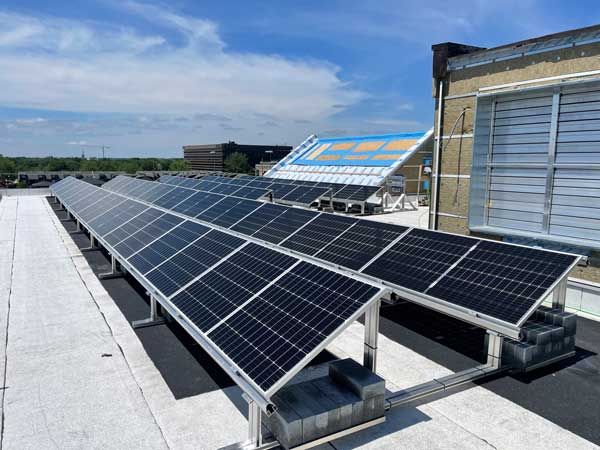
DATES
October 2018 to December 2024
PARTNERS
Installer: Québec Solar
Mechanical engineering: Opsun Systems
Electrical engineering: CIMA+
General contractor: EBC
Montreal Airport PV Pilot Project
Determine the level of solar reflectivity and its impact on pilots and air traffic controllers
Minimize the number of anchors to be moved on the roof
In October 2018, our client ADM (Aéroport de Montréal) commissioned Rematek Énergie to support it in all phases of development of a solar photovoltaic pilot project for its new P4 parking facility.
The system was to have a nominal capacity of 100kWac.
This mandate for professional electrical engineering services specialized in photovoltaics involved several stages. ADM’s choice of Rematek Énergie illustrates the breadth of its expertise.
The following services were provided during this support project:
– Feasibility study
– Reflectivity study
– Plans and specifications
– Development and management of multiple tenders for panels, inverters, panel support system and installation.
– Construction quality control
– Commissioning and training
– Advice on system operation and maintenance
OUR CHALLENGES
1- Determine the level of solar reflectivity and its impact on pilots and air traffic controllers.
To achieve this, Rematek Energy focused on developing a methodology adapted to this extremely important challenge.
Results:
Thanks to our in-depth analysis of the reflective rays coming from the solar panels at any time of day throughout the year, we were able to demonstrate to the customer that they could go ahead with the project, since there would be no danger to either pilots or air traffic controllers. This analysis was carried out for departures and landings in both directions for all runways.
2- Minimizing the number of anchors to be moved on the roof. An important challenge.
The project was delayed for several years due to the pandemic. When the construction project was halted in 2020, only the anchors had been installed.
When work resumed in 2023, the project had to be revised and the plans redrawn, as the photovoltaic panels planned in 2020 had since been discontinued and the new modules were larger in size. The project therefore evolved from two hundred and forty 400W panels to one hundred eighty-four 540W panels. The size of these panels increased from 2.1 m2 to 2.6 m2. A major challenge was to minimize the number of anchors to be moved.
RESULTS
We managed to avoid moving anchors altogether. To achieve this, we developed a new way of placing the panels at a slightly lower angle, avoiding the need to change the distance between rows to minimize row-to-row shading. This allowed us to reuse the anchors exactly where they were originally positioned.
Achievements

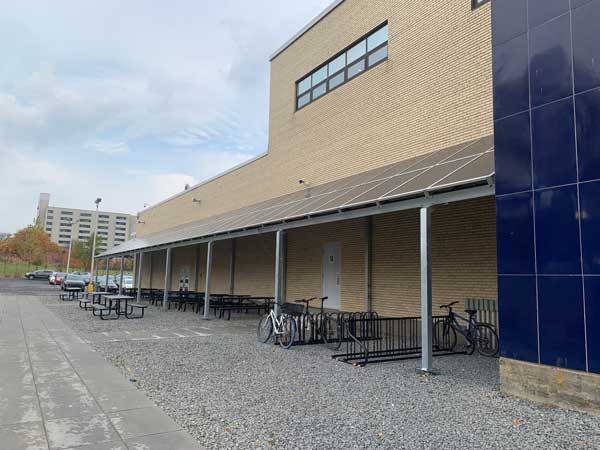
La Vie en Rose – Canopy project

Dorval covered skating rink

Caserne du Lac Mégantic
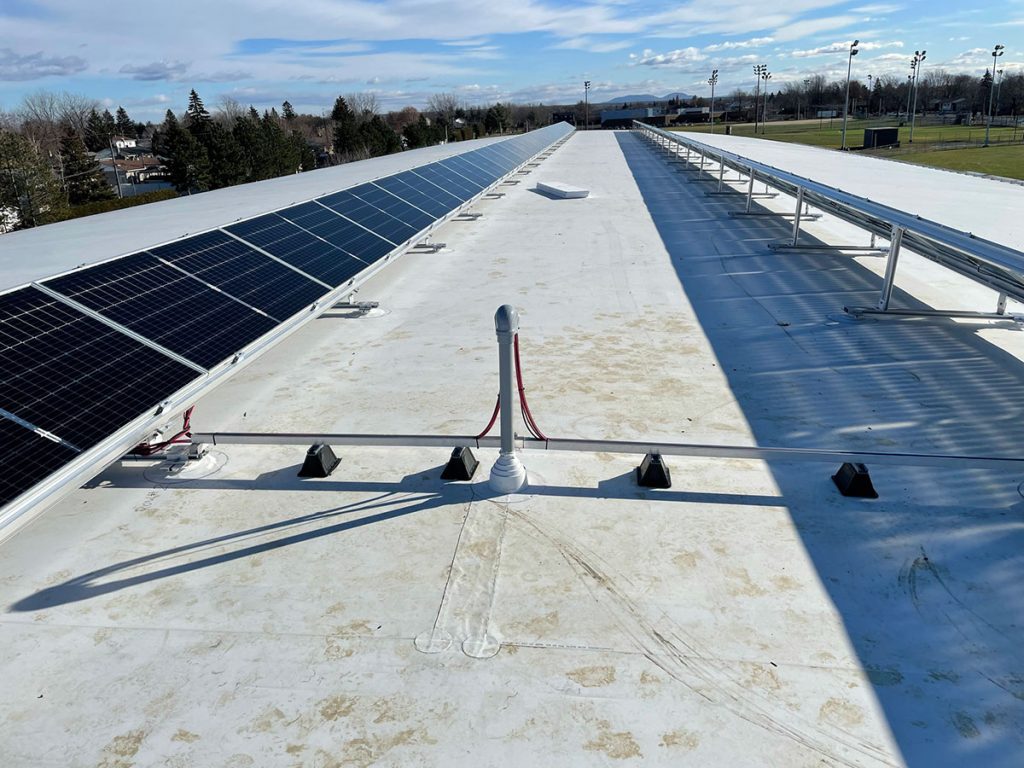
Polydôme – Varennes
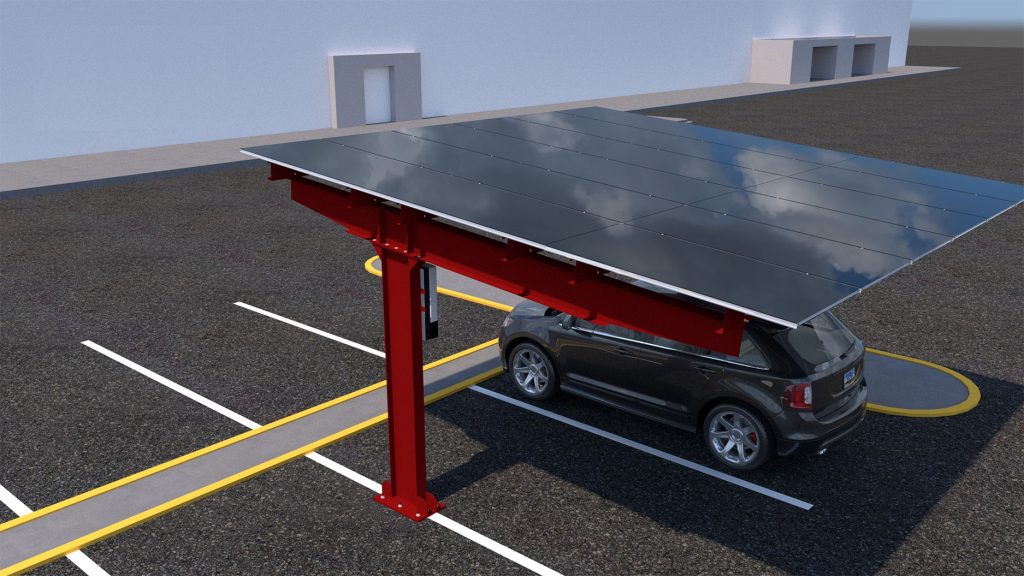
Greenball – A Kimball project
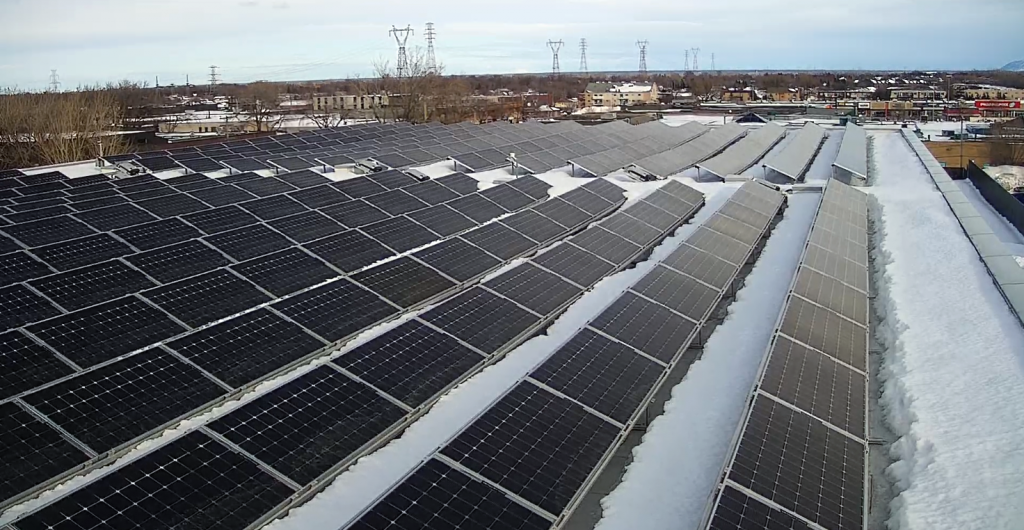
Local 144 – Head Office
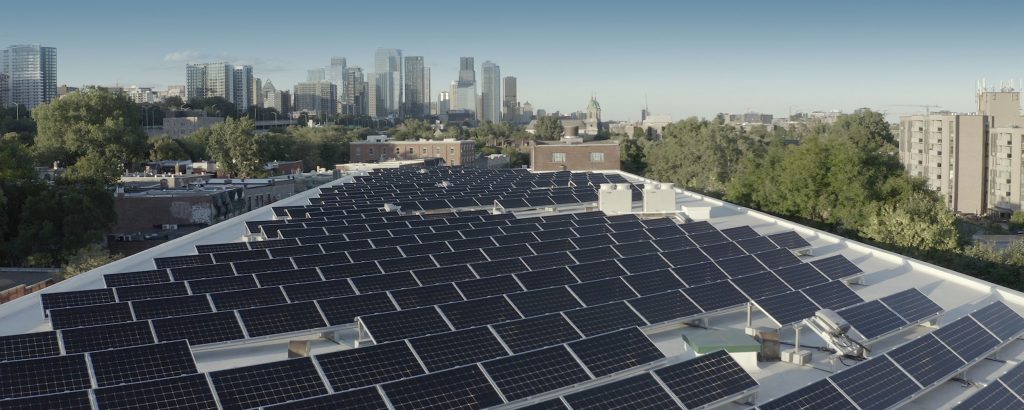
Lemay Project – The Phenix

SEPAQ



